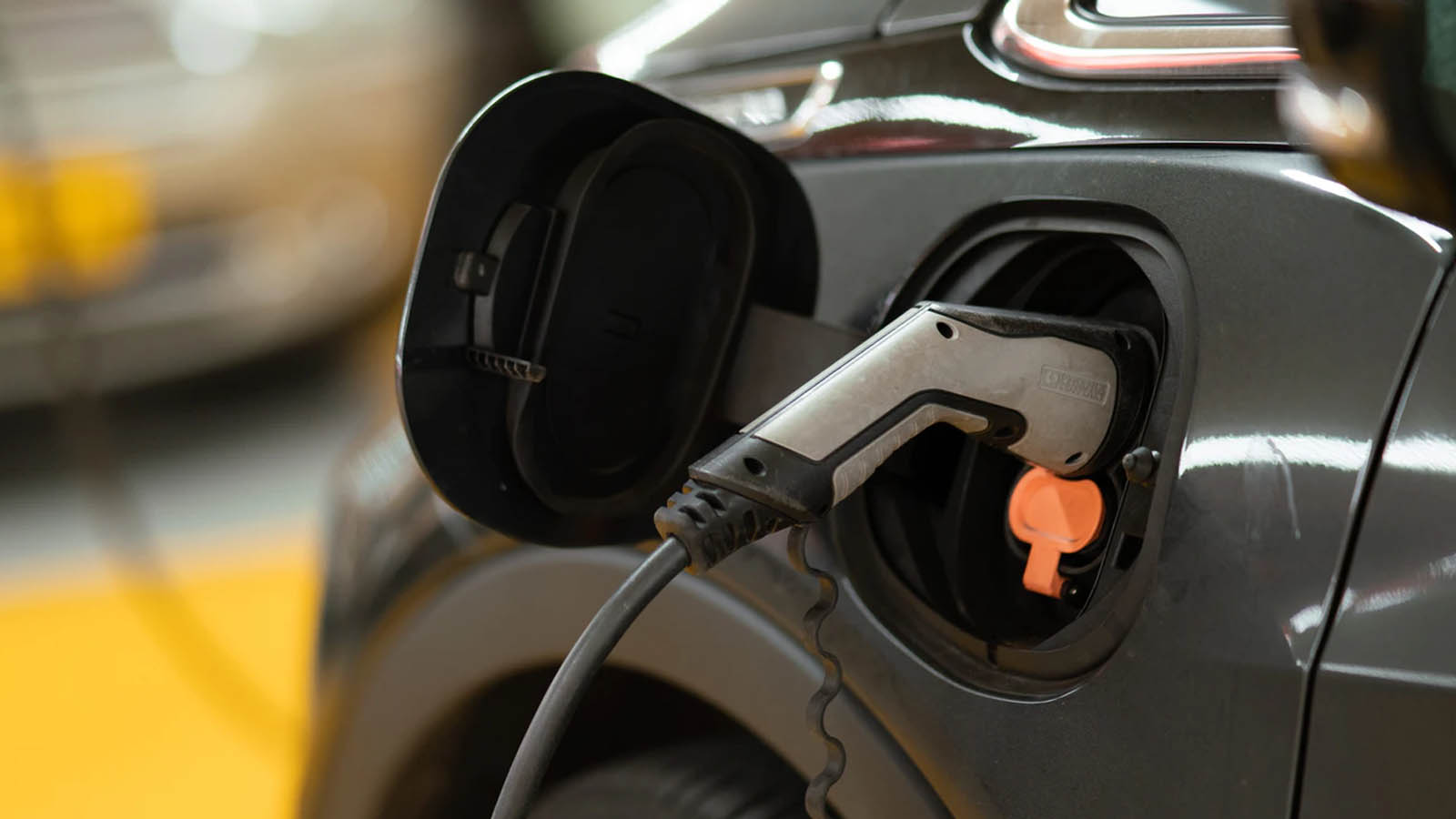

Image: Unsplash
By now, you are almost certainly aware that electricity will be what powers the future. While it is sure to hit some roadblocks along the way, the shift is here and some companies are already adapting. One such company is Volvo, which says it plans to stop selling gas guzzlers by 2030.
Volvo isn’t the only example either and with companies like Tesla paving the way for electric vehicles, more of them will find themselves on the road as the years go on. This means a greater need for electric chargers, and, in turn, an overall increase in the adoption of electric chargers, solar panels, and more.
Tesla has its Powerwall to help with the convenience of charging your EV at home, but now dcbel is looking to bring some competition with its r16 charger. What makes this one so interesting is its dual-use.
Not only does the battery charge your car through the use of solar panels, but you can actually power your house in emergencies, by using your EV’s battery. It’s a very unique system and I had the chance to speak with Marc-André Forget about it, what inspired the creation of the company, the future of energy, and more.
You can read the full interview below.


Image: Dcbel
Care to introduce yourself and your role with the company?
I’m Marc-André Forget, CEO and a founder of dcbel. I’ve spent my career developing new technology and advising the world’s largest utilities on the adoption of electric vehicles and distributed energy systems.
At dcbel, my team and I are creating a smart home energy system that connects solar energy, electric vehicle charging, vehicle-to-home charging, and smart home energy management.
What inspired the creation of the company?
I co-founded dcbel with Dan Fletcher and Ron Denom. We saw that solar energy and electric vehicles were the first steps towards reshaping the average person’s relationship to energy.
This lead to the question of what the future of the electrical grid would look like. Based on our respective experiences, we believe the future of the electrical grid is sustainable and distributed.
Your new product is the r16 – in just a couple of sentences, what is it?
The dcbel r16 combines one of the fastest home electric vehicle chargers with solar energy conversion, blackout protection, and smart home energy management.
Our product will let users benefit from renewable energy and make their homes more energy-independent. It optimizes residential energy use to be sustainable and less expensive.
Did you have any hardships during the development and creation of the r16?
Innovation in a new industry such as electric vehicle charging is a challenge because there is a lack of standards around the underlying technology, including multiple types of charging plugs and software types.
Conversely, innovation in established industries such as energy distribution is also a challenge because we have to integrate our product with the existing infrastructure.
How easy is the system to install?
A dcbel r16 unit can be installed and connected in 2-4 hours for an average cost of $200-$500. Installation costs and complexity can vary based on where you are located and the unique characteristics of your home.
On the website, you mention that you use machine learning to monitor batteries – in simple terms, how does that work, and what does it mean for the user?
Orchestrate is our AI-driven software that allows you to pick your energy priorities — financial savings, decreased carbon emissions, or a balance of the two. Orchestrate learns your energy consumption patterns and adapts to your lifestyle.
Hypothetically, if you arrive home from work at 6pm and depart at 7am the next morning, it can schedule your electric vehicle charging from 2am to 6am when electricity is less expensive in your area.


Image: Unsplash
Where do you see clean energy heading in the next five years? What about the next decade?
In the near future, there will be a shift from the current energy model to a more decentralized and sustainable one. Individuals will be at the center of this modern energy ecosystem and the way they use and generate energy will become increasingly independent, sustainable, and efficient.
Apple revolutionized the smartphone industry by offering an all-in-one device that created standards around the way hardware integrates with software, as well as design and user experience. We want to lead a similar revolution for intelligent home energy, making these innovations accessible to residential consumers.
Anything you’d like to close with?
We’re excited to launch our product in California this year and help customers prepare for power outages during wildfire season. It’s a first step towards empowering families to take control of their energy security.
I’d like to thank Marc for taking the time to answer some of my questions.















